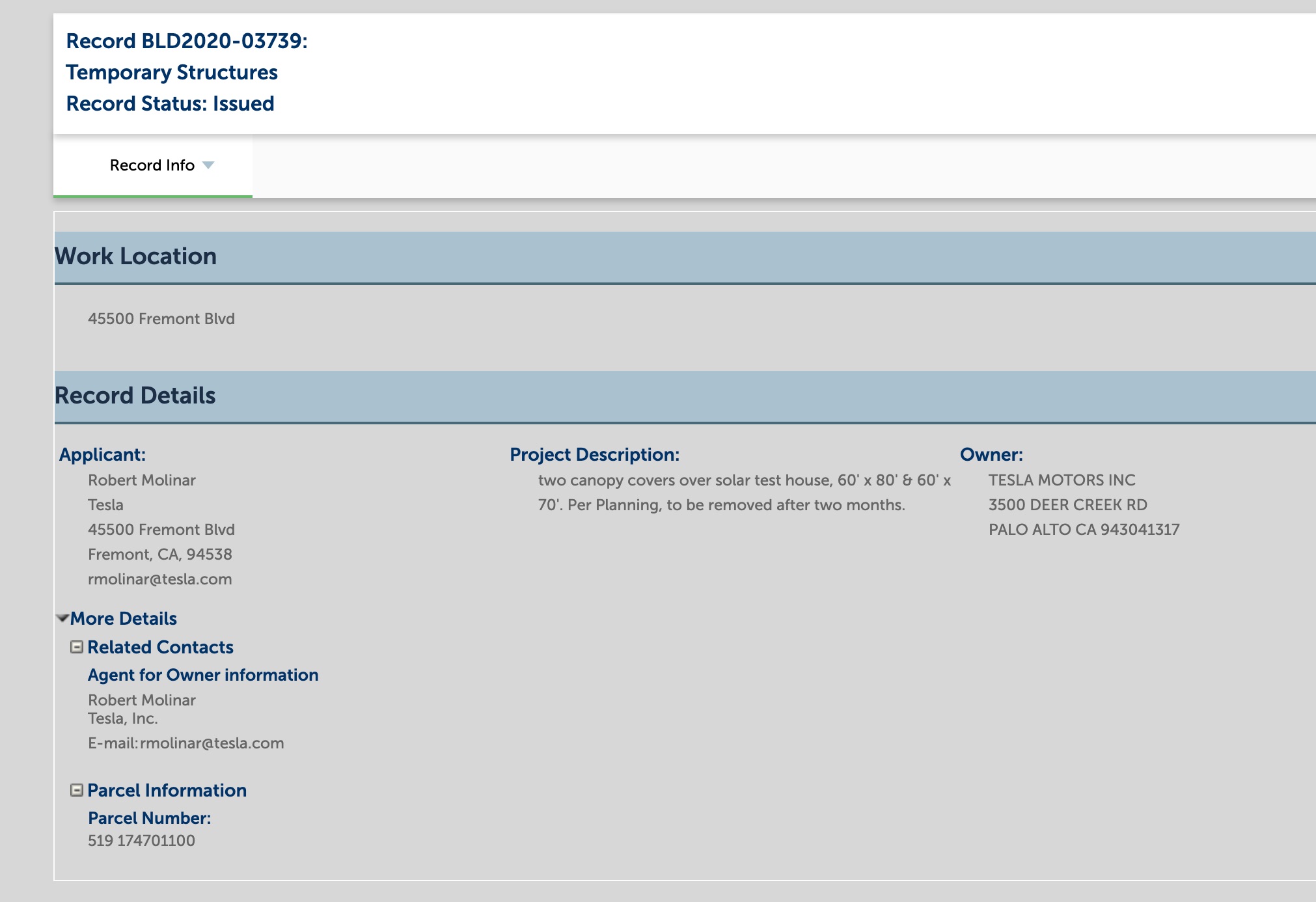Tesla’s active safety features helped save a woman’s life in Beijing, after the vehicle alerted the driver and abruptly came to a halt when approaching a jaywalker.
@Tesla__Mania recently shared a clip showing a Tesla traveling in a left, before encountering a woman in her attempts to cross a three-lane highway.
In any other circumstance, these conditions could have easily gone south for the pedestrian. Fortunately for her, the Tesla appears to have detected her presence as soon as she stepped into the vehicle’s lane. The all-electric vehicle was still traveling at city driving speeds before the warning chimes went off and vehicle’s Automatic Emergency Braking seemingly kicked in.
This morning in Beijing, @Tesla Automatic Emergency Braking just helped avoid hitting a woman and also saved the Tesla owner a lot of big big trouble. pic.twitter.com/Fxzlg5ezBp
— 特拉风??T☰SLA mania (@Tesla__Mania) December 18, 2019
Unfortunately, China has a reputation for being the country with the highest amount of road accident fatalities in the world. According to a 2016 article from the South China Morning Post, a World Health Organization study found that 700 people are killed a day in traffic-related incidents in the country. This indicates a death-rate of 260,000 people a year from traffic accidents, and 60 percent of these fatalities are pedestrians, bicyclists, or motorcyclists. If the recent incident in Beijing is any indication, it appears that Tesla’s safety features have just prevented a person from being part of this year’s grim statistic.
Tesla rolled out Automatic Emergency Braking way back in 2015 with the version 6.2 Software Update for the Model S, and the feature has since received innumerable refinements through the company’s over-the-air updates. AEB utilizes the forward-looking cameras and radar sensor to determine the distance of an object in front, applying brakes as necessary to avoid or reduce the damage from a collision. Accounts from Tesla owners suggest that objects in the vehicle’s periphery may trigger AEB in some instances as well.
Model 3 totally nails Euro NCAP crash tests ?? “#Model3 achieved one of the highest Safety Assist scores we’ve seen to date … #Tesla has made a virtue of safety in its marketing & it’s great to see a car now living up to that promise.” https://t.co/Z7I5loQbeL $TSLA @elonmusk pic.twitter.com/UPH6roQ82C
— Tesla New York (@TeslaNY) July 3, 2019
Automatic Emergency Braking has made headlines prior to this incident on numerous occasions. Not only has the feature saved numerous Tesla owners from accidents, but it also contributed to the Model 3 earning a “Superior” rating in Front Crash Prevention from the IIHS and the vehicle’s stellar ratings with the Euro NCAP.
It is widely known that Tesla vehicles are some of the safest cars someone could purchase. Despite numerous awards won by its fleet of vehicles, Tesla is never one to rest on its laurels, striving towards safety and innovation with the same intensity as ever. This recent incident from Beijing shows that Tesla’s ever-ongoing push towards safety is actually making a difference, and at some point, even saving lives.

<!–
–>



